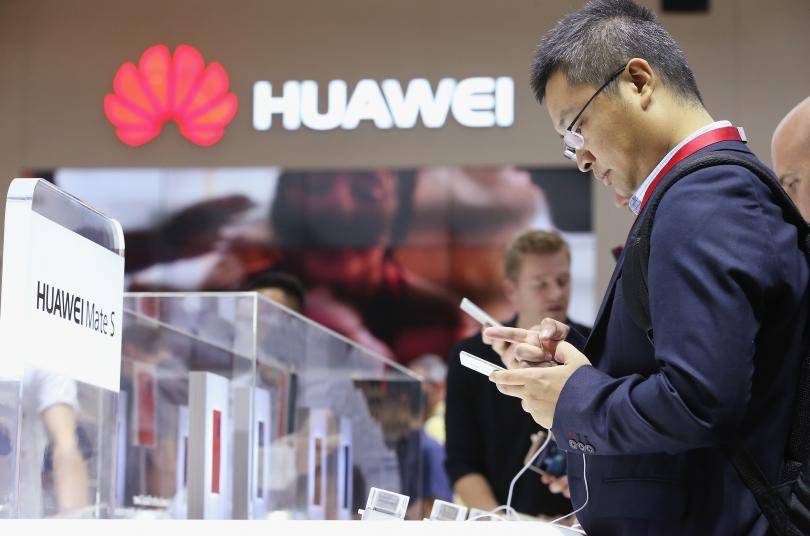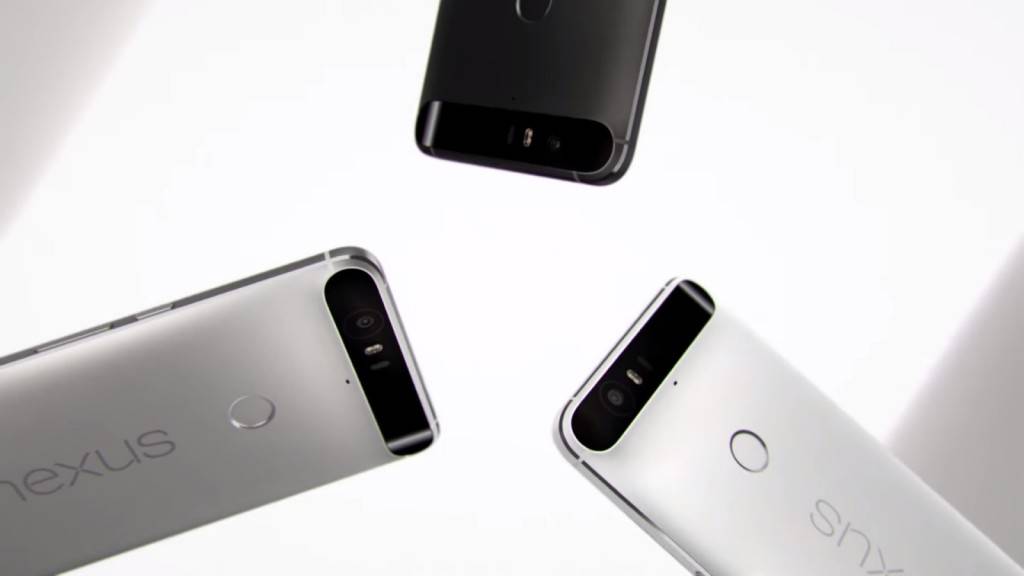
The way things are panning out in preparation for one of 2016’s earliest and biggest tradeshows – that is, CES 2016 in Las Vegas – it looks like Chinese companies are pushing the traditional tech companies hard for market competition and visibility. And they just might do that in 2016, considering their growing clout in the market. Expect prime real estate in the tradeshows to have traditional OEMs flanked by Chinese companies also pushing for visibility. It’s a clear indication of how prominent companies from the planet’s second-biggest national economy are becoming on the global stage.
We’ve seen this kind of power shift before, even on a global scale. In the early 1990s, Japanese companies like Sony, Toshiba and Panasonic began a strong push for visibility and market share, and they were largely successful at it. But with these companies like Sony and Toshiba now struggling to stay relevant in the smartphone and mobile device markets, vendors from China are taking 2016 as a huge opportunity to gain traction.

One of those companies looking to make it big globally is Huawei. Once Huawei (and its sub-brand Honor) become as well-known as Samsung and Apple, the traditional Android and iOS OEMs will be in a lot of trouble. Huawei is set on bringing its Honor brand to the US, which means US customers will be able to buy the premium smartphones Huawei puts out, with great specs at affordable prices. Perhaps Huawei’s biggest stumbling block is software. Thankfully, the Nexus 6P and the Huawei Watch are all running stock Android, and with those, Huawei can stick to making great-looking devices with great hardware.

Xiaomi has recently lost its spot to Huawei in China, but seeing its biggest rival have success internationally should push the other “big” Chinese manufacturer to have a go at the market themselves. Xiaomi has long been known for releasing phones with competitive specifications at ludicrously low prices, and that in itself is a big advantage for them globally. Rumors say that Xiaomi will also start selling its phones officially in the US in 2016, and that could be big news for everybody in the smartphone market.

You also have to admit that OnePlus is a really interesting company to keep watch on. The upstart Chinese company’s unconventional approach to marketing and logistics means you really can’t predict what they’ll do next. We knew that they were coming with another rflagship killer in the OnePlus 2 this year, but who knew they would come out with one of the best, and classiest small screen smartphones ever to ship with Android in the OnePlus X? Not you or me, but they pulled it off.
Other tech pundits continue to speak harshly on the “annoying” invite system they made or the logistical problems OnePlus continues to have. But you have to say, OnePlus is stirring things up in the market, and without them, the smartphone industry would be incredibly dull.
These are just three of China’s most exciting smartphone companies. Expect to hear more and more news from this side of the world, especially if the big OEMs like Samsung, Apple, LG, Sony, and HTC continue to slip up in the market. That will just be another step in the ladder for this huge power shift in the smartphone industry that is just waiting to happen in 2016.










Funny line in this article ” iOS OEMs will be in a lot of trouble.” Hmmm who could be ios oem? Could it be referring to a company with fruity logo?